I’m a big fan of Sennheiser’s HD1 (or Momentum) in-ear series. Nothing matches the richness, warmth and detail for the price. But Beyerdynamic owns my heart as well, and I’m a proud mom of the DT 1770’s. Choices have to be made. My colleagues and I have written extensively about both, the HD1 Free and the Blue Byrd here and here. This review is for folks who are already familiar with one of these models but are hesitant to pull the trigger. Which sound profile is for you? Let’s find out in this Beyerdynamic Blue Byrd vs Sennheiser HD1 Free Review.
Beyerdynamic Blue Byrd vs Sennheiser HD1 Free Review
FIT
If sound isolation is your priority, then the HD1 Free is the way to go. The fit on the Blue Byrd is shallower and provides less of a seal than does the HD1 Free. Than being said, if you’re easily bothered by the feel of in-ear headphones, then the less obtrusive fit of the Blue Byrd may be better suited.
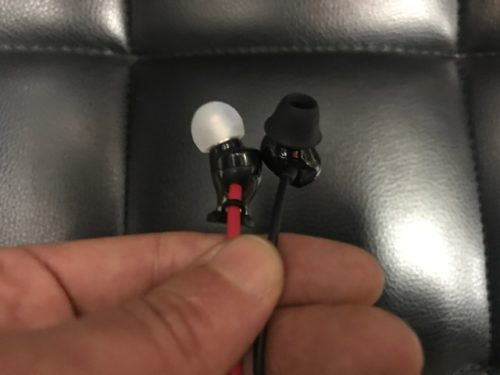
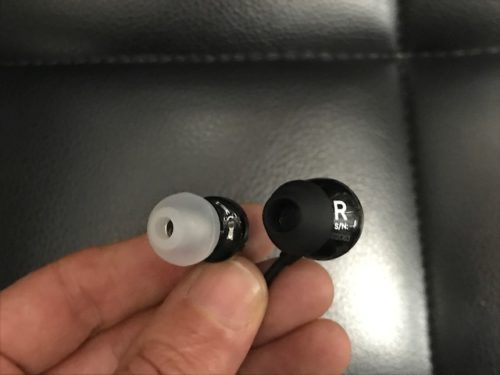
DESIGN
Build
With respect to durability, both of these German companies offer 2 year international warranties. The shells on both earphones are equally light. The Blue Byrd has plastic shells with aluminum faceplates, while the HD1 Free seems to be a combination of both, plastic and stainless steel. Another thing to note is that the HD1 Free has a flat cable, which would theoretically make it more resistant to tangles. That being said, considering the short length of the cable along with all of the attachments, I doubt it will make a difference.
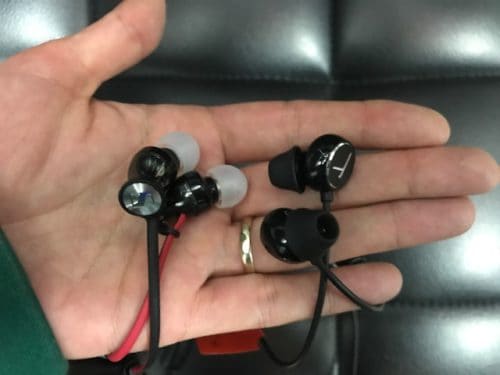
Battery Life
Both earphones will give you 6 hours of playtime. The HD 1 Free use a micro-USB connection for charging, while the Blue Byrd uses USB-C. And since this world is becoming increasingly USB-C friendly, it’s the more modern choice in this sense.
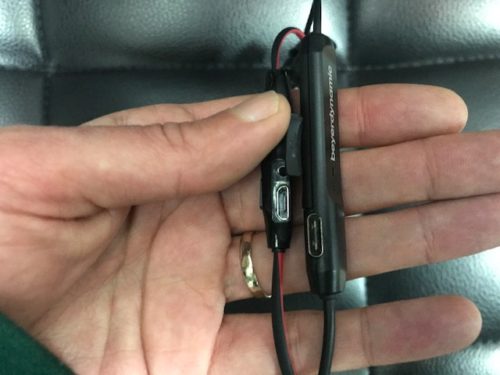
Mic and Remote
The Blue Byrd and the HD1 Free both comes with a microphone and remote (compatible with all phones). If you’re lonely or you just enjoy talking to your voice assistant, both buds will give you that capability as well.
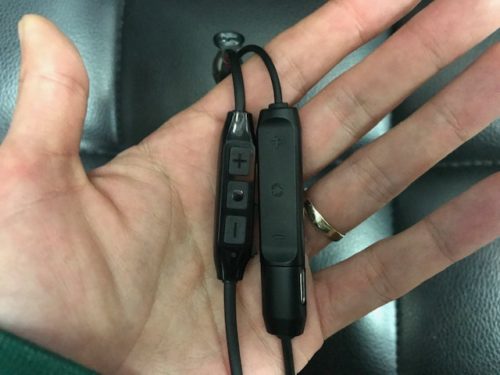
Call Clarity
If you’re planning to make a lot of calls, the Blue Byrd is the safer bet. It not only offers better call clarity, but it allows in less ambient sound than the HD1 Free.
Supported Codecs
HD1 Free: AAC, SBC, aptX, aptX Low Latency
Blue Byrd: AAC, SBC, aptX, aptX Low Latency
Bluetooth
The Blue Byrd is Bluetooth 5 compatible, while the HD1 Free is still in Bluetooth 4.2 territory. So, in theory, the Blue Byrd should give you better transmission with fewer dropped signals.
Extra Features
If you often hear ringing in your ears, you may want to get them checked out. But after you do that, you can check out the MIY app that goes along with the Blue Byrd. It tests your hearing and makes up for any deficiencies by adjusting the mix. Android users won’t be able to take advantage of this feature yet, but Beyerdynamic says to stay tuned.
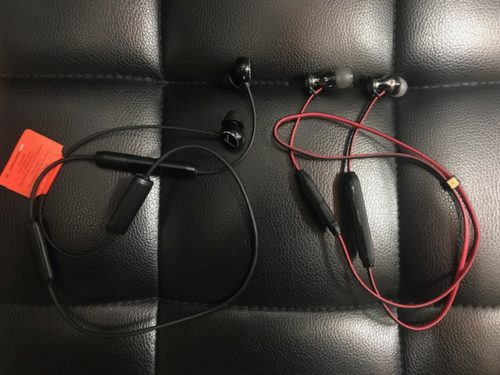
SOUND
Overall Impressions: The light Blue Byrd vs the weighty HD1 Free.
Lows
The first difference will become apparent once you listen to the bass. You’ll get a thicker, meatier feel from the HD1, while the Blue Byrd presents a comparatively clean bass profile. Add to that the brighter Blue Byrd highs, and it becomes very clear that the HD1 is the darker, weightier sound profile. In comparison, the Blue Byrd conveys a more neutral low end with less warmth and more separation from the higher frequencies.
Mids
You’ll get more present and fuller midrange from the HD1 Free. So, if you like your tracks to have tons of body or you like to feel like you’re hearing the entire scope of sound, the HD1 Free is the preferable choice. And you’ll especially hear the difference when listening to big rock songs with heavy instrumentation; if you listen to a lot of rock and pop-rock, then the HD1s are your buds. But if you prefer a dynamic sound where vocals sit more forward in the mix and lows and highs are more emphasized, then the Blue Byrd is a better bet. Also be aware that the sound of the Blue Byrd seems to be very fit-dependent, and for me, the sense of midrange tended to vary a lot depending on how well the buds were sealed to my ears.
Highs
Ears are sensitive to high frequencies might want to stick with the HD1 Free. In the very highest registers, the Blue Byrd can border on sizzle at times, making it a fatiguing listen for some. If you listen to a lot of pop, for example, percussion might sometimes get too sharp on the Blue Byrd. But if you’re a Charlie Parker fan (duh), the brighter profile will be more suitable for your jazzy tastes. Speaking of jazz, to test out transparency, I played Parker’s performance of summertime. I was surprised, but the Blue Byrd presented a more nuanced saxophone with a more natural timbre.
Soundstage
The Blue Byrd presents the grander soundstage, while the HD1 shows more precision with respect to instrument placement. Generally, I got a more multidimensional feel from the HD1 Free even though the Blue Byrd felt more spacious and open.
SUMMARY
Although both earphones come with their own unique skill sets, the HD1 is the more versatile choice in terms of genre. And if you’re a sucker for richness and warmth, you can’t go wrong with the HD1. However, if you prefer a clean, light and energetic sound or you listen to a lot of jazz and classical, the Blue Byrd is the way to go.
You can find both of these earphones for the best price here:
Audio 46: Beyerdyanamic Blue Byrd (Use our promo code, “majorhifi” to get 10% off)
Audio46: Sennheiser HD1 Free (Use our promo code to get 10% off)
MajorHiFi may receive commission from retail offers.
Compare the ranking of various headphones, earbuds and in-ear monitors using our tools.
Discuss this, and much more, over on our forum.
---MAJORHIFI may receive commissions from retail offers.















